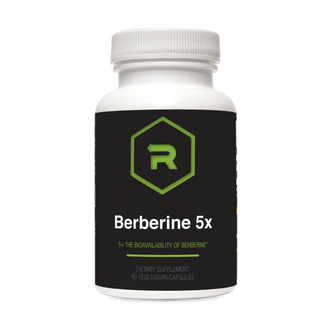Knee pain can turn even the simplest activities into challenges.
For those looking to sidestep surgery or long-term medication use, Platelet-Rich Plasma (PRP) injections offer a promising solution. This natural, minimally invasive treatment uses your own body’s healing mechanisms to repair tissues and reduce inflammation.
Revolution Health & Wellness is proud to provide advanced prolotherapy and PRP treatments, offering patients a safe path toward recovery and better quality of life.
Understanding PRP and How It Works
PRP therapy starts with drawing a small amount of blood from the patient. Through a process called centrifugation, the blood is separated to concentrate its platelets—cells packed with growth factors.
These platelets are then injected into the knee area, where they trigger and accelerate the body’s natural healing processes.
Why PRP is Different from Traditional Treatments
Unlike cortisone shots or painkillers, which only manage symptoms, Platelet Rich Plasma (PRP) focuses on restoring the knee’s natural function.
Where surgery can require extended downtime, PRP is minimally invasive, allowing many patients to return to light activities quickly. Its regenerative nature sets it apart, offering a holistic approach rather than temporary symptom relief.
Common Causes of Knee Pain That PRP Can Address
Sports Injuries and Overuse Damage
Athletes are no strangers to ligament strains, tendon injuries, and overuse-related conditions. PRP therapy can help these individuals recover more quickly by reducing inflammation and promoting tissue regeneration.
With regular use, it supports long-term joint health, allowing athletes to stay active.
Osteoarthritis and Degenerative Conditions
For those with mild to moderate osteoarthritis, PRP therapy provides more than just pain relief.
It can slow the progression of cartilage degradation, enhance mobility, and reduce joint stiffness. Many patients report lasting improvements in how they move and feel.
Post-Surgical Healing Support
After knee surgery, PRP can be a valuable tool to enhance the healing process. By accelerating tissue repair, it helps patients regain strength and function faster, improving overall recovery outcomes.
What to Expect During a PRP Injection
Step-by-Step Treatment Process
The procedure is straightforward:
-
A small blood sample is drawn from your arm.
-
The sample is spun in a centrifuge to isolate and concentrate the platelets.
-
The enriched PRP is carefully injected into the affected knee area.
Most sessions are completed within an hour, making PRP a convenient treatment option.
Recovery and Aftercare
Patients may experience mild soreness, similar to the feeling after a workout. While light activity is encouraged, strenuous exercise should be avoided for a short period. Your doctor will provide specific aftercare instructions tailored to your needs.
Benefits of PRP for Knee Pain
-
Non-Surgical Solution: PRP can delay or even prevent the need for major procedures like knee replacement surgery, offering an effective alternative for many patients.
-
Long-Lasting Pain Relief: Unlike medications that wear off quickly, PRP promotes ongoing healing, resulting in relief that can extend beyond the initial treatment.
-
Safe and Natural: Because PRP uses your own blood, the risk of allergic reactions or complications is minimal, making it a reassuring choice for patients seeking natural therapies.
Who is a Good Candidate for PRP Knee Therapy?
Ideal Patient Profiles
PRP is ideal for individuals with:
-
Early-to-moderate arthritis.
-
Minor sports injuries.
-
A preference for avoiding invasive surgery.
When PRP Might Not Be Recommended
Patients with severe joint damage or advanced-stage arthritis may require surgical intervention, as PRP may not provide sufficient benefit in such cases.
PRP vs. Other Knee Treatments
PRP vs. Cortisone Injections
Cortisone shots are effective for short-term pain relief but don’t address the underlying problem. PRP, on the other hand, focuses on long-term regeneration, offering a more sustainable solution.
PRP vs. Physical Therapy
While physical therapy strengthens muscles and improves joint function, PRP can enhance the therapeutic outcomes by repairing damaged tissues from within.
Revolution Health & Wellness: Regenerating Knees, Restoring Lives

At Revolution Health & Wellness, we bring together advanced regenerative medicine and a genuine commitment to patient care with our services. Our team specializes in PRP knee therapy, using state-of-the-art equipment and proven techniques to stimulate natural healing, reduce pain, and improve mobility.
Every treatment is delivered with precision and care, ensuring you receive the highest level of safety and effectiveness.
We believe that no two knees, and no two patients are the same. Our PRP treatments are carefully tailored to your specific condition, lifestyle, and recovery goals. From your first consultation to your final follow-up, our staff is focused on helping you get back to doing what you love, free from the limitations of knee pain.
Conclusion: Take the First Step Toward Pain-Free Living
PRP therapy offers a natural, effective way to manage knee pain without surgery. By promoting tissue repair and reducing inflammation, this treatment can restore mobility and improve your quality of life.
Contact Revolution Health & Wellness today to see if PRP knee therapy is right for you and take the first step toward living pain-free.


